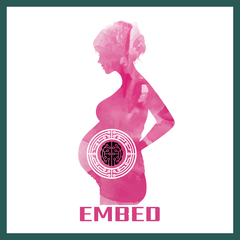Background: Major Depressive Disorder (MDD) represents a major social and economic health issue and constitutes a major risk factor for MDD suicide. The molecular pathology of suicidal depression remains poorly understood, although it has been hypothesized that regulatory genomic processes are involved in the pathology of both MDD and suicidality.; Methods: Genome-wide patterns of DNA methylation were assessed in depressed MDD suicide completers (n=20) and compared to non-psychiatric, sudden-death controls (n=20) using tissue from two cortical brain regions (Brodmann Area 11 (BA11) and Brodmann Area 25 (BA25)). Analyses focussed on identifying differentially methylated regions (DMRs) associated with suicidal depression, and epigenetic variation was explored in the context of polygenic risk scores for major depression and MDD suicide. Weighted gene co-methylation network analysis was used to identify modules of co-methylated loci associated with depressed MDD suicide completers and polygenic burden for MDD and MDD suicide attempt.; Results: We identified a DMR upstream of the PSORS1C3 gene, subsequently validated using bisulfite-pyrosequencing and replicated in a second set of MDD suicide samples, which is characterized by significant hypomethylation in both cortical brain regions in MDD MDD suicide cases. We also identified discrete modules of co-methylated loci associated with polygenic risk burden for MDD suicide attempt, but not major depression. MDD suicide-associated co-methylation modules were enriched among gene networks implicating biological processes relevant to depression and suicidality, including nervous system development and mitochondria function.; Conclusions: Our data suggest there are coordinated changes in DNA methylation associated with MDD suicide that may offer novel insights into the molecular pathology associated with depressed MDD suicide completers.
Tissue (n=75) from two regions of the cortex (Brodmann area 11 (BA11, n=40) and Brodmann area 25 (BA25, n=35)) from 20 MDD MDD suicide cases and 20 non-psychiatric sudden death controls
